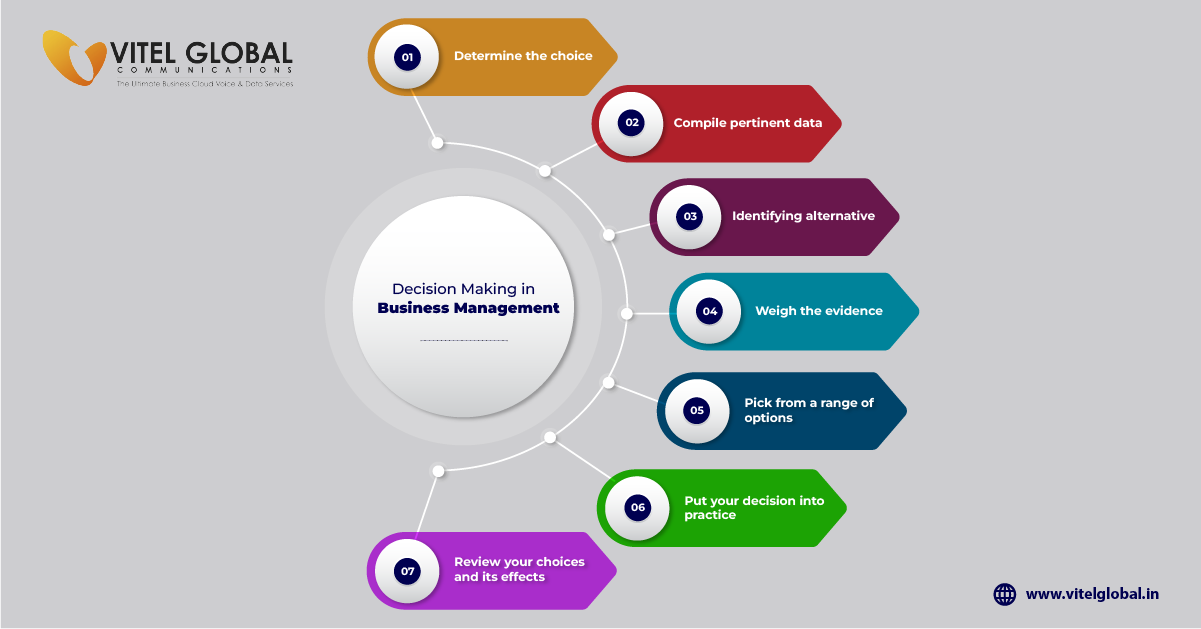Table of Contents
Continual Innovation in business is necessary to achieve constant success regardless of the size or sector of your firm, which is a very straightforward idea. However, many organizations need help comprehending, managing, or quantifying ROI as they need more information because it is a newer practice.
What is Continuous Innovation in Business?
Innovation is an improvement process where businesses always look for methods to maximize their goods or services by gradually making small changes. It focuses on making minor adjustments rather than striving to make significant improvements simultaneously, which is reciprocal.
This strategy largely relies on experimentation and iteration; companies test various concepts or methods, analyze the results, and then apply their discoveries to future choices. Continuously releasing new features that customers would value and enhancing current services in subtle but significant ways helps them stay one step ahead of rivals.
What are the Types of Innovation In Business?
Business innovation can be divided into two types: Sustaining and Disruptive.
Sustaining Innovation: It improves an organization’s procedures and technological capabilities to boost its product range for a current clientele. It is frequently undertaken by established companies that wish to maintain their market leadership.
Disruptive Innovation: When a small organization challenges more prominent companies, disruptive Innovation happens. It can be divided into sets based on those who compete in the business market. Low-end disruption signifies a business entering and claiming a segment at the end of an existing market trend. At the same time, new-market distraction represents an organization forming an additional market segment to serve a client base the current market needs to reach. At the same time, low-end distraction signifies companies are entering and claiming a sector at the bottom of an existing market.
The most prosperous businesses use both sorts of Innovation in their business plans. Pursuing expansion and holding onto one’s current place in the market is crucial to remain competitive. Additionally, it aids in defending a company against the effects of competing businesses on its reputation.
Why is Innovation In Business Important?
No matter who you are or what kind of business you run, competition, demand, and shifting times will always come knocking. A nice product at a reasonable price and excellent customer service are no longer sufficient to succeed – it is only the cost of entry, based on the business insider’s story. Additionally, business owners need to be innovative in today’s atmosphere of intense competition. Existence in a highly competitive environment depends on constant adaptation and advancement. The most significant innovations are needed to deliver the highest quality products and assurance while reducing lead times and increasing productivity. Customer engagement can assist you in inventing your goods, services, and firm models by providing valuable insights, feedback, and loyalty.
Any firm will become more flexible by adapting to innovations. Being adaptable will finally increase the likelihood of surviving competition. Innovations have to face the risk of becoming outdated if they are not constantly updated.
Explore the Benefits of Continuous Innovation
Why pursue constant development may still be a question in your mind. You can observe different results depending on the size of your business and the extent of implementation. The following are a few typical advantages as a result:
- Improved product quality
- Decreased cost
- Reduced waste
- Increased efficiency and productivity
- Employee satisfaction and teamwork
- Customer satisfaction
Improved Product Quality
Finding opportunities for change is one of the main objectives of any continuous improvement tactic. It also results in fewer defect rates and improved planning. The quality is considerably enhanced over time with minor modifications.
Decreased Costs
It could be challenging to save money. An additional advantage of an uninterrupted improvement process is that it can identify where you might be wasting money. There may be redundant duties, inconsistent work, inaccurate effort, and automation.
Reduced Waste
The essence of continuous improvement procedures is preventing and removing waste to increase overall efficiency. Depending on the business, several types of trash may need to be disposed of. The most frequently targeted ones include large surpluses, materials, and other resources that don’t provide value to your company.
Increased Efficiency and Productivity
Setting up a method also helps with productivity. It gets rid of unnecessary steps, resolves mistakes, and increases productivity.
Employee Satisfaction and Teamwork
Constant improvement can raise employee morale, lower attrition rates, lower costs, and improve quality. Workplace innovation, job happiness, finding solutions, and developing soft skills can all be fostered through teamwork and collaboration.
Customer Satisfaction
Business innovation can increase customer happiness by creating new and improved goods and services that better satisfy customer needs, reducing waste and errors, and using data and machine learning to predict consumer preferences.
As you could have inferred from the preceding list, constant development might have exponential benefits. Along with financial rewards, employees who try to advance the business often feel more personally successful, encouraging them to stick around longer and provide more significant outcomes for the business’s growth.
Innovation and Technology are evolving more swiftly than ever. You will stay caught up if you only do what you know and what has always worked. Your company will follow a new, more fruitful path if you adopt a mindset of continual process improvement.
Conclusion
In general, the critical factor of Innovation is to advance people’s lives. Regarding businesses, Innovation plays a crucial role in making any progress.
Little improvements ultimately result in bigger and better ideas. However, you are responsible for making improvements in your field.
Any firm that wishes to stay relevant and competitive in the marketplace must constantly innovate. However, selection, execution, evaluation, and learning are the processes that must be covered in a systematic strategy for Innovation in business.






